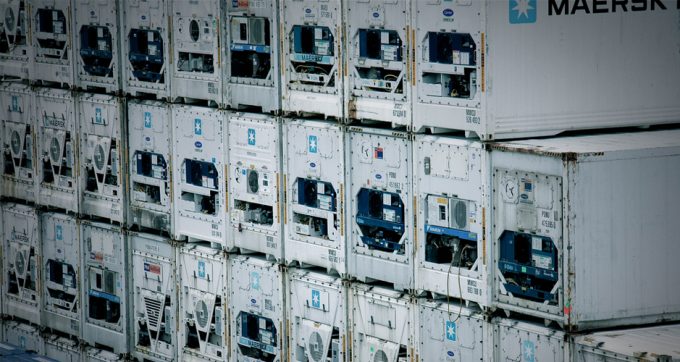Carriers impose 'emergency operation' surcharges on Pakistan cargo
Pakistan trade, hit by Indian port access restrictions, now faces a wave of emergency surcharges ...

Shipping lines are embarking on a reefer box buying spree to keep up with rising demand for refrigerated transport.
Maersk Line, Hamburg Süd and Hapag-Lloyd, among others, are investing heavily in new reefers with cutting-edge atmosphere control and monitoring systems.
This is allowing new cargo categories to ...

Comment on this article
Reefer Refrigeration
September 20, 2017 at 4:03 pmGreat article.
We live in a global market where the transportation of perishable goods is crucial. It’s good to know that the refrigerated transport is constantly evolving and that the Reefer Containers are up to the task.